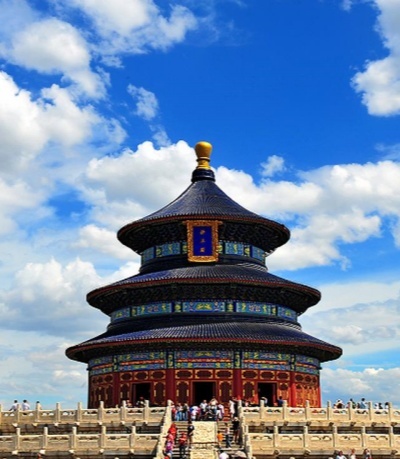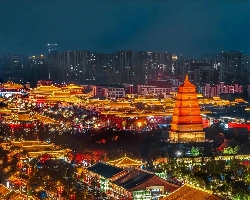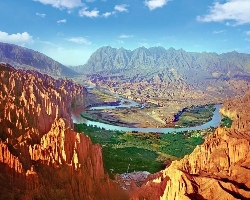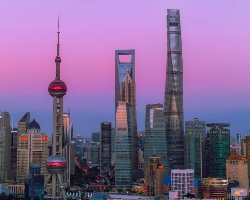- Home
- Tour Packages
- Destination
- About Us
- Contact
- Reviews
- Travel Guide
-
-
- Must-Go Destination Travel Guides
- Yunnan
- Guizhou
- Pingyao
- Hangzhou
- Guangzhou
- Guilin
- Chongqing
- Datong
- Huangshan
- Xiamen
-
-
-
- Customize Your Trip
Email:[email protected]
Email:[email protected]
Just China Tours, Just For You!
Beihai Park Travel Guide: Discover Beijing Imperial Garden
- Home
- Beihai Park Travel Guide: Discover Beijing Imperial Garden
Introduction to Beihai Park
Beihai Park, one of the oldest and largest imperial gardens in China, is a serene oasis located in the heart of Beijing. Established during the Liao Dynasty in the 11th century, it has served as a royal retreat for centuries, showcasing the grandeur of Chinese garden design. The park is a testament to China's rich history and culture, making it a must-visit destination for tourists and locals alike.
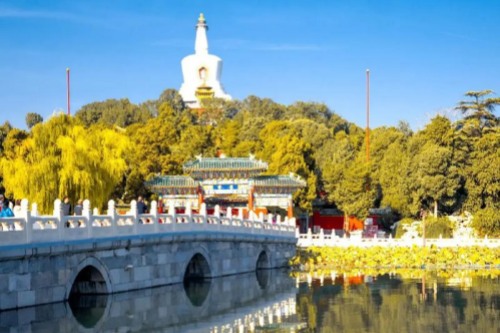
Beihai Park
Key Features of Beihai Park
Beihai Park spans over 68 hectares, with approximately half of its area covered by the picturesque Taiye Lake. The park's layout follows the traditional Chinese garden style, featuring a harmonious blend of water, hills, and lush greenery.
- Architectural Highlights: The park is home to several significant structures, including the iconic White Pagoba on Jade Island, which stands at 35.9 meters tall. This Tibetan-style pagoda was built in 1651 to honor a visit from the Dalai Lama.
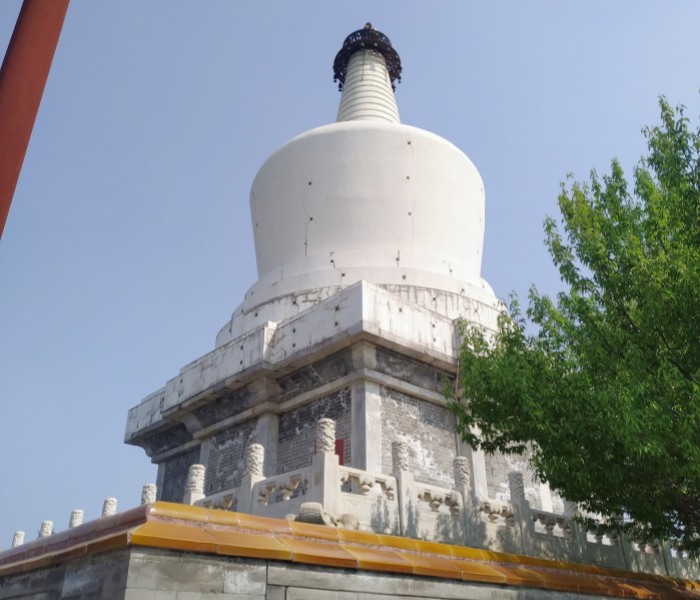
Beihai Park White Pagoba
- Cultural Significance: The park reflects various dynasties' influences, including the Jin, Yuan, Ming, and Qing dynasties. Each era contributed to its design and features, making it a living museum of Chinese history.
- Environmental Harmony: Beihai Park is designed to integrate natural landscapes with man-made structures. Visitors can enjoy scenic views of artificial hills, pavilions, and temples that enhance the park's tranquil atmosphere.
Attractions Within Beihai Park
Beihai Park offers numerous attractions that cater to diverse interests:
- Jade Island (Qionghua Island): The centerpiece of Beihai Park, this island features beautiful gardens, pavilions, and the White Dagoba. Visitors can explore its winding paths and enjoy stunning views of the lake.
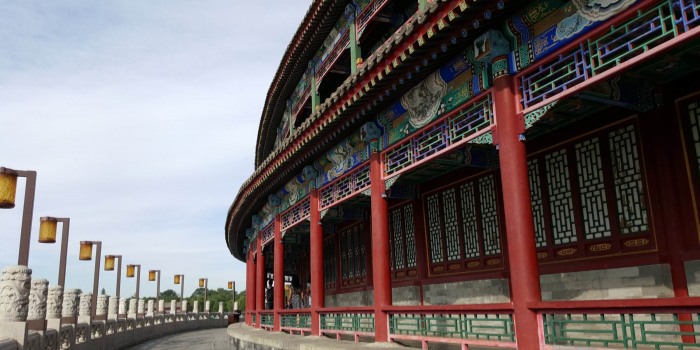
Qionghua Island in Beihai Park
- Circular City (Tuan Cheng): This circular fortress was once part of Kublai Khan’s palace during the Yuan dynasty. Today, it houses historical artifacts and offers a glimpse into imperial life.
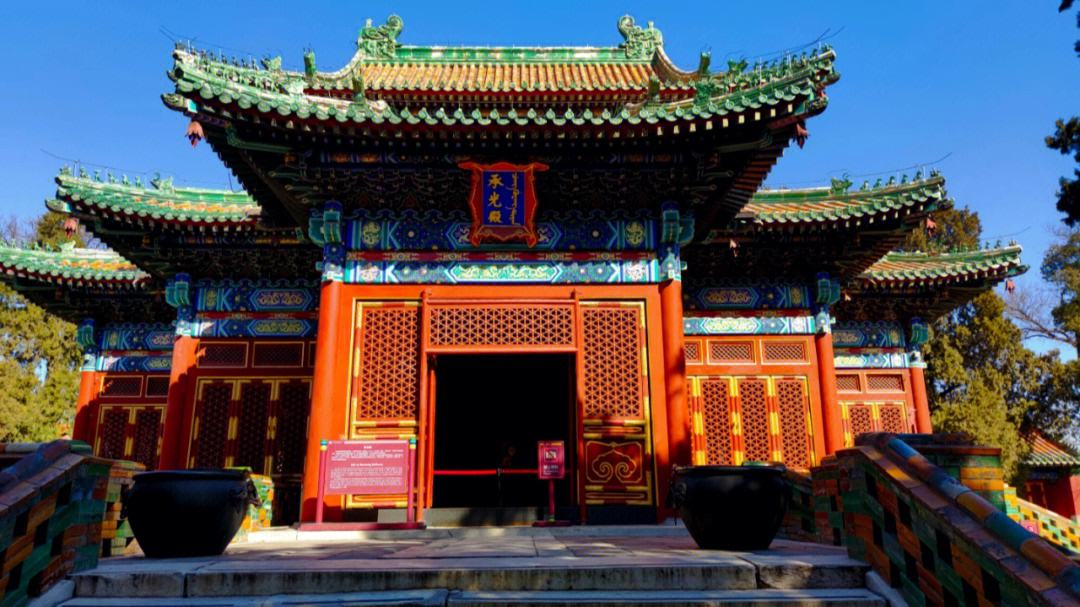
Tuancheng in Beihai Park
- Nine-Dragon Screen: A magnificent spirit wall adorned with colorful glazed tiles depicting nine dragons. This artistic masterpiece is located on the northern shore and is a popular photo spot.

Nine-Dragon Screen in Beihai Park
- Boating on Taiye Lake: Rent a paddleboat or electric boat to explore the serene waters of Taiye Lake. This relaxing activity allows visitors to appreciate the park's beauty from a different perspective.
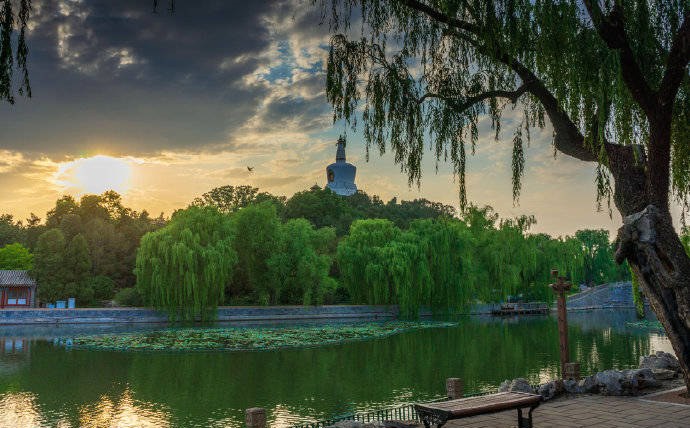
Taiye Lake in Beihai Park
Location and Accessibility
Beihai Park is conveniently located just northwest of the Forbidden City in central Beijing. Its proximity to other major attractions makes it an ideal stop for tourists exploring the city.
Transportation Options to Reach Beihai Park
Getting to Beihai Park is straightforward:
- Subway: Take Line 6 and get off at Beihai North Station (Exit B). A short walk will lead you to the North Gate.
- Buses: Multiple bus routes serve Beihai Park:
- North Gate: Buses No. 13, 42, 107, 111, 118
- East Gate: Bus No. 5
- South Gate: Buses No. 5, 101, 103
Visitor Information
- Opening Hours:
- Peak Season (April to October): 6:30 AM - 9:00 PM
- Off-Season (November to March): 6:30 AM - 8:00 PM
- Admission Fees:
- Peak Season: CNY 10; Package ticket CNY 20
- Off-Season: CNY 5; Package ticket CNY 15
- Facilities: The park offers restrooms, food stalls selling local snacks, and information centers for visitor assistance.
Travel Tips for Visiting Beihai Park
The best time to visit Beihai Park is during spring (April to June) or autumn (September to October) when temperatures are mild and pleasant.For an optimal experience:
- Suggested Itineraries:
- Start your day at Tiananmen Square → Explore the Forbidden City → Enter Beihai Park through the South Gate.
- Alternatively, visit Jingshan Park first → Enter Beihai through the East Gate → Exit via the North Gate towards Houhai (Shichahai).
- Activities:
- Participate in Tai Chi sessions offered by local practitioners.
- Enjoy picnicking along the lake or in designated garden areas.
Exploring Beyond Beihai Park
After visiting Beihai Park, consider exploring nearby attractions:
- The Forbidden City: A UNESCO World Heritage site that served as China's imperial palace for nearly five centuries.
- Jingshan Park: Located directly east of Beihai Park, this hilltop park offers panoramic views of Beijing.
- Shichahai Area: A picturesque neighborhood known for its traditional hutongs and vibrant nightlife.
Cultural Significance and Legacy
Beihai Park has been a royal playground since its inception and continues to be a vital cultural site in Beijing. Its historical significance is evident in its architecture and layout, reflecting centuries of imperial history. Today, it serves as a public park that welcomes visitors from around the world while preserving its rich heritage.
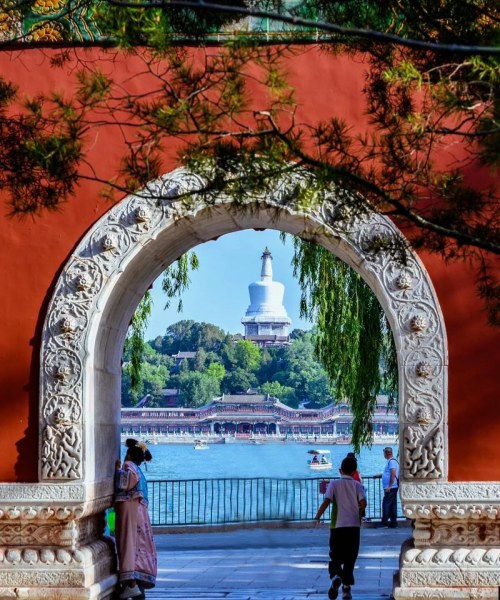
Beihai Park
Beihai Park stands as a symbol of Beijing's imperial past and natural beauty. Its stunning landscapes and historical significance make it an essential destination for anyone visiting Beijing. Whether you're looking for relaxation or cultural enrichment, Beihai Park offers an unforgettable experience that captures the essence of China's historical gardens.

